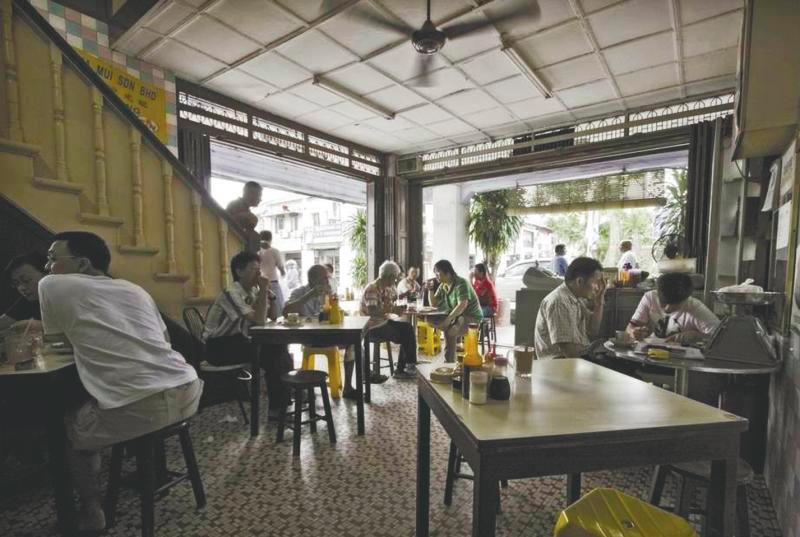ROASTING and brewing coffee was first demonstrated in Arabia in the 15th century. During European colonisation in the 18th century, Southeast Asia and South America emerged as important coffee-producing regions.
Did you know that Malaysia has its own coffee plantations? However, due to their lower altitude and Robusta variety, beans produced here are regarded as lower-quality.
Because of this, they can be roasted darker, compared to most other beans. After being roasted with palm oil and margarine, the beans are used to make instant coffees, such as Ipoh White Coffee. They are also used in kopitiams, where in terms of flavour, baristas agree that the coffee produced is thicker, more robust, earthier, and has a slightly bitter aftertaste.
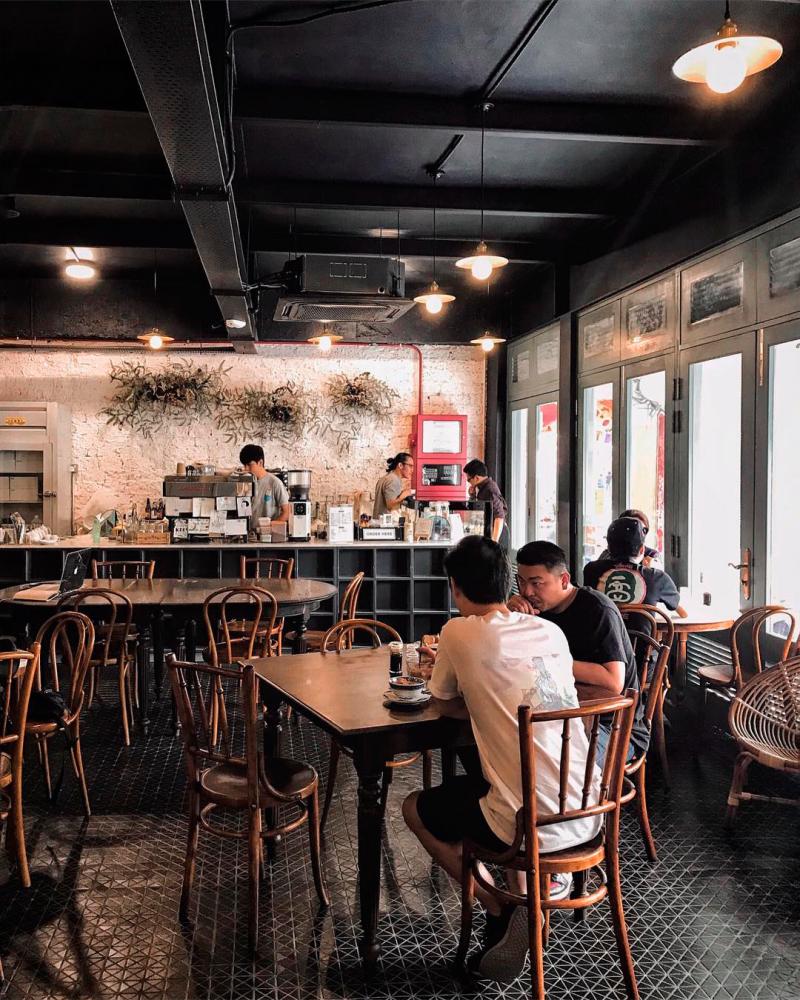
Kopitiam history
Kopitiams have been open in Malaysia since the 1800s, and they are considered a vital element of the country’s culture and history. It all began with the migration of Hainanese people from southern China’s Hainan island.
During that time, members of other major dialect groups such as the Hokkien, Cantonese, and Teochew had already settled and dominated the more lucrative industries in Malaya such as trade, mining and agriculture.
As a result, the Hainanese were compelled to find alternative means of income, and the majority of them decided to participate in the hospitality industry inside British military bases and ship galleys.
However, with the end of World War II, there was an economic collapse, and employment in hotels and European homes were limited. Hainanese people who worked as chefs for the British embraced this chance and bought up premises to open tiny restaurants and kopitiams across the country.
From that, the term ‘kopitiam’ is a combination of the words ‘kopi’ (coffee) and ‘tiam’ (shop) in Bahasa Melayu and Hokkien.
The classic kopitiam was characterised by its white marble tables and green floral ceramics, which were already a part of its identity. Food such as toast with butter and coconut jam, soft-boiled eggs, pastries, and roasted coffee sweetened with condensed milk is still in high demand today.
By the 1960s, kopitiams, with their combination of low-cost cuisine and community gatherings, had spread to practically every corner of Malaysia and most of them are still in operation today with businesses being handed down from father to son.
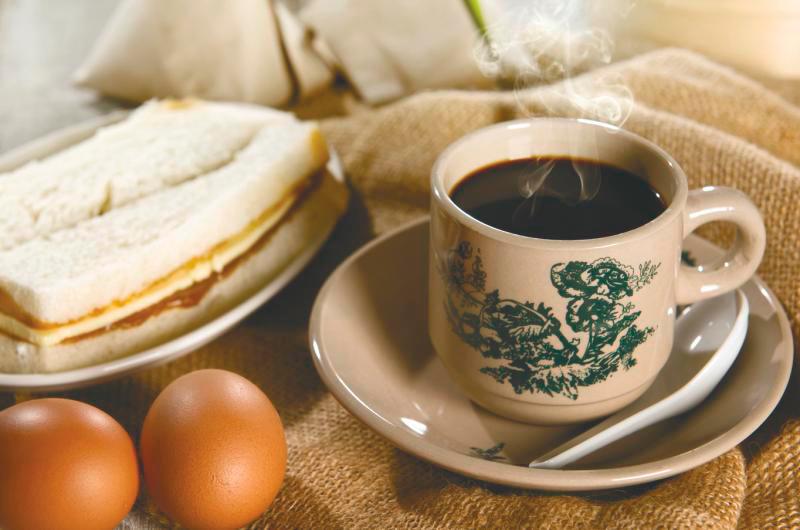
Malaysia’s coffee culture evolution
In recent years, Kuala Lumpur’s coffee scene has been on the rise. In the blink of an eye, cafés are springing up all over the city. It all started when some Malaysians who studied in Melbourne, the city known as the “Café Capital of the World”, were inspired to bring coffee culture back to their homeland.
There then emerged a seemingly never-ending stream of coffee shops staffed by neighbourhood baristas, each one more endearing than the one that came before it.
Some coffee shops even focused on aesthetics to tempt consumers who enjoy snapping pictures and sharing them on social media. Nowadays, coffee shops, or kopitiams, have been transformed into hip hangouts by Third Wave coffee connoisseurs.
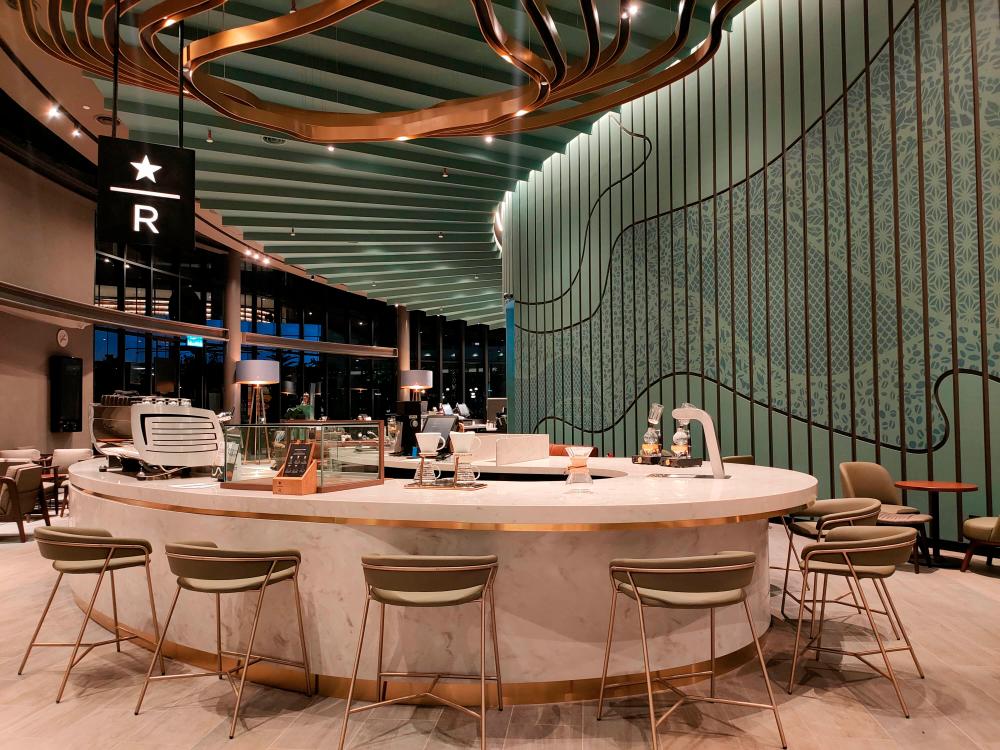
International chain
It was after travelling to Italy in the 1970s that Starbucks’ then-CEO Howard Schultz was inspired to transform Starbucks from its humble beginnings as a coffee roaster and café in Seattle, Washington to what it is today: a massive coffee conglomerate.
Today, everywhere you go, you’ll encounter this big name coffee brand, Starbucks. Over the past several decades, they’ve had a significant impact on the way the world consumes caffeine. Whenever you visit one of these establishments, you expect a certain level of consistency, and you’ll always get it.
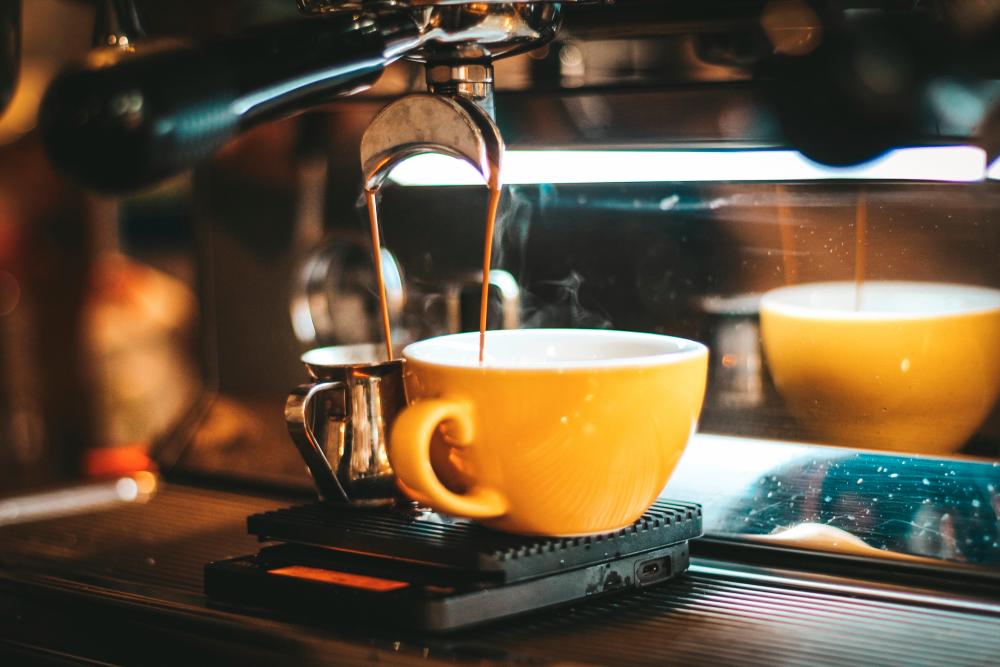
Different style, different taste
In the end, there will be no right answer to the question “How do you enjoy your coffee?” because when it comes to preferences, everyone has their own choices.
Modern coffee connoisseurs will order their coffee decaf, double shot or maybe ‘Arabica beans only’ as they have that sense of taste and their own preferences. While the old man at the kopitiam prefers plain “kopi-O” and will just enjoy it till the last sip, the same as any coffee connoisseur.
The most important point here is that “the finest coffee” is the one that you enjoy the most, regardless of the sort or manner in which it is served.



